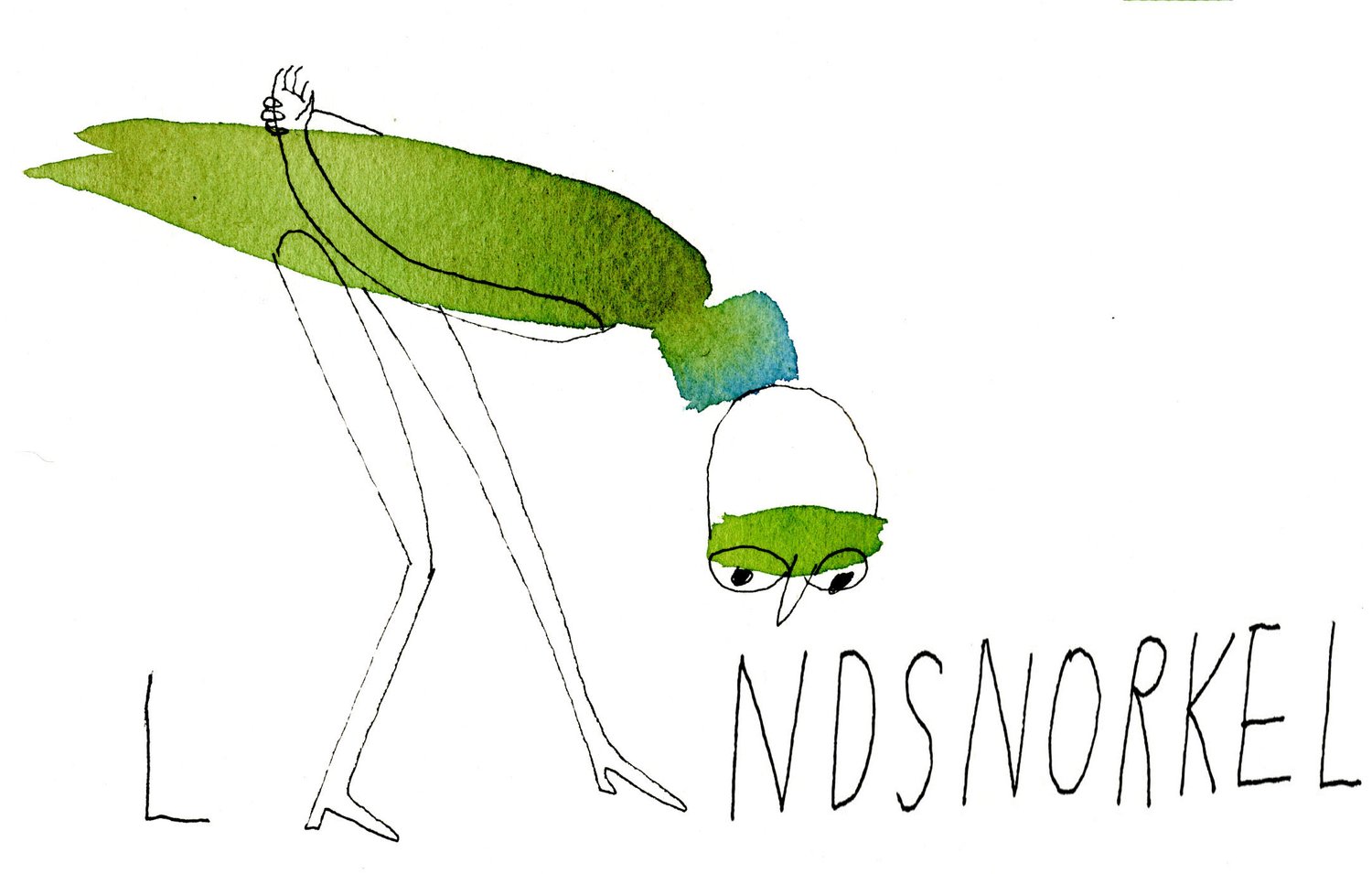How Species Save Our Lives
 A reader sent us this article - saying "This article points out how important it is to landsnorkel and spend time studying, observing and protecting our natural world." It recently ran in the New York Times. A snippet is below, and the link to the full article as well. Enjoy!"Roughly half our medicines come directly from the natural world, or get manufactured synthetically based on discoveries from nature. The list includes aspirin (originally from the willow tree), almost all our antibiotics (from fungi that evolved in nature, not a Petri dish), and many of our most effective cancer treatments. I can remember a pale girl in second grade going off to die of lymphoma or leukemia; children with those diseases almost always died then. Now they routinely live, because of drugs developed from the Madagascar rosy periwinkle, a flowering plant."And "There’s one final way we owe our lives to naturalists. The absence of epidemic disease is now so completely taken for granted that it’s hard to imagine we ever lived otherwise. But malaria once routinely killed people from the Gulf of Mexico to the Great Lakes. Yellow fever epidemics swept down like the wrath of God on cities as far north as Boston. In the nation’s worst outbreak, in 1878, one in eight residents of New Orleans died, and everything south of Louisville, Ky., was “desolation and woe.” All that changed in the miraculous 1890s, when researchers suddenly identified the causes of yellow fever, typhus, plague, dysentery and, above all, malaria. In each case, the solution depended on having precise knowledge—both taxonomic and behavioral — of the species involved, from microbial organisms to mosquitoes. As Patrick Manson, the father of tropical medicine (and a great Scottish naturalist), once put it, the study of the origins and causes of disease “is but a branch of natural history.” "Read more here.
A reader sent us this article - saying "This article points out how important it is to landsnorkel and spend time studying, observing and protecting our natural world." It recently ran in the New York Times. A snippet is below, and the link to the full article as well. Enjoy!"Roughly half our medicines come directly from the natural world, or get manufactured synthetically based on discoveries from nature. The list includes aspirin (originally from the willow tree), almost all our antibiotics (from fungi that evolved in nature, not a Petri dish), and many of our most effective cancer treatments. I can remember a pale girl in second grade going off to die of lymphoma or leukemia; children with those diseases almost always died then. Now they routinely live, because of drugs developed from the Madagascar rosy periwinkle, a flowering plant."And "There’s one final way we owe our lives to naturalists. The absence of epidemic disease is now so completely taken for granted that it’s hard to imagine we ever lived otherwise. But malaria once routinely killed people from the Gulf of Mexico to the Great Lakes. Yellow fever epidemics swept down like the wrath of God on cities as far north as Boston. In the nation’s worst outbreak, in 1878, one in eight residents of New Orleans died, and everything south of Louisville, Ky., was “desolation and woe.” All that changed in the miraculous 1890s, when researchers suddenly identified the causes of yellow fever, typhus, plague, dysentery and, above all, malaria. In each case, the solution depended on having precise knowledge—both taxonomic and behavioral — of the species involved, from microbial organisms to mosquitoes. As Patrick Manson, the father of tropical medicine (and a great Scottish naturalist), once put it, the study of the origins and causes of disease “is but a branch of natural history.” "Read more here.

